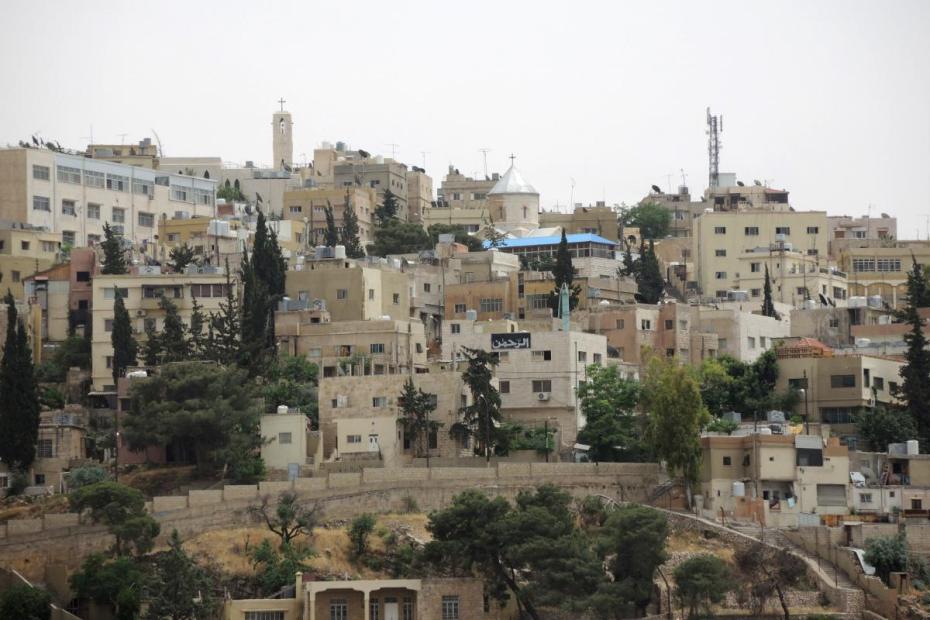Inward and outward migration is a significant reality in Jordanian life. Jordan has repeatedly absorbed refugees from conflicts in neighboring states, especially from Palestine and Syria. In a desert land of limited natural resources, absorbing so many refugees can be a burden, even with United Nations support. Palestinian refugees and their children and grandchildren constitute a significant proportion of the Jordanian population today. Syrians, fleeing the war there, have flowed into large refugee camps in Jordan, and also can be found throughout Amman. The rise in refugees from Syria and Iraq in recent years is said to have driven up real estate prices significantly, which affects families acquiring apartments so that their youth can marry.
Palestinian refugees were both Christian and Muslim. Refugees to Jordan from Syria tend to be Muslim (Syrian Christians are said to prefer to go to Lebanon). In Catholic churches in Jordan, one also finds a small share of Armenians and Lebanese, as well as Westerners and Filipinos. The latter attend English Masses.
Incorporating Christians from neighboring states with Arab cultures does not pose a huge cross-cultural challenge to the churches, but Catholic interviewees for this project still suggest that there is a gulf between Palestinians and native Jordanians. In social and business interactions, Jordanians often take time to establish what clan, family or village a person comes from before business moves forward. Jordanians and Palestinians alike said that this is often a way of determining who is really a Jordanian, to the benefit of Jordanians, and to the disadvantage of even longtime Palestinian residents or their Jordanian born children.
Outward migration from Jordan is slowly shrinking the Christian population. Educated Jordanians often look to migrate West, for better economic opportunities. Some Christians interviewed said that the government's estimates of the number of Christians were kept high to mask outward migration. The Holy See numbers reveal something about the Catholic future of the country. They count 111,000 baptized Catholics in Jordan, yet show only 940 new baptisms a year, in a country where Catholic families are not switching religious allegiances in any significant number.
Read More
Bernard Sabella, "The Emigration of Christian Arabs: Dimensions and Causes of the Phenomenon" in Christian Communities in the Arab Middle East, ed. Andrea Pacini, 127-154 (Oxford: Clarendon, 1998).
